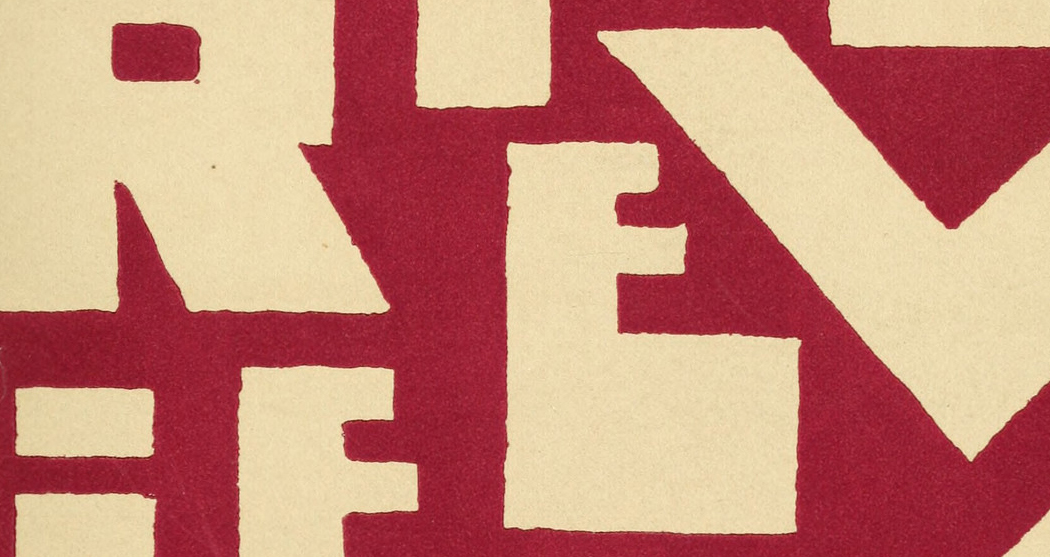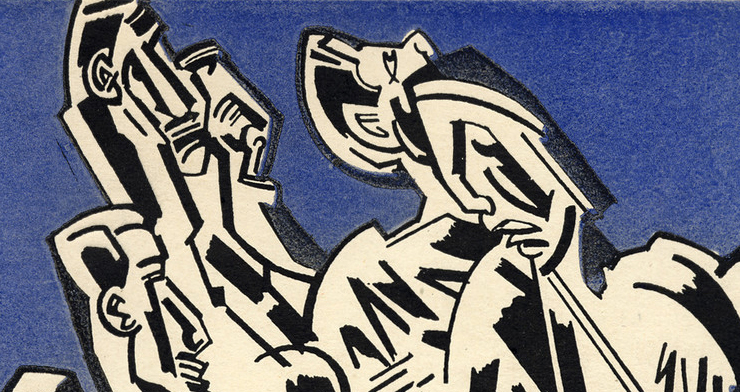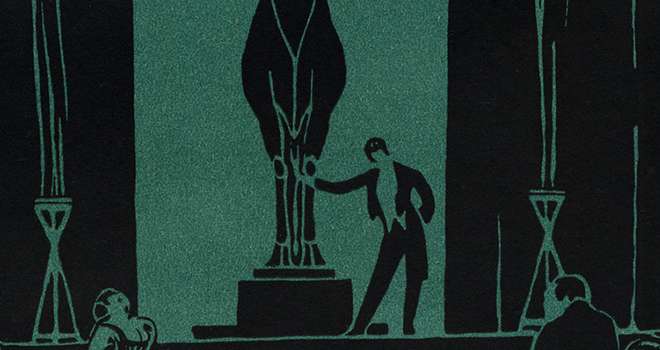A History of Modernism - Sherry
Submitted by Abby Rush on Tue, 08/30/2022 - 18:08Having not had the most experience studying modernism so far, I truly thought that modernism in this context would be an entity that is vague, too abstract, or possessing some other kind of unclear nature. In one sense, I do find it difficult to subscribe to only one definition I've read in this text, but Sherry succeeds in giving the reader a certain freedom to decide, making sure to include ample historical context. From what I've gathered, I think I would choose to view modernism as a force which spans centuries, but never means one single thing. As modernism ages with the generations that study the term, the one trait that can be identified is that it always has this urgency to it. Scholars born centuries apart can understand the "right now" which modernism is concerned with no matter its other subject matter.
I came to this opinion about it by taking in the various definitions supplied by this work, wherein Sherry points out this urgency with which modernism is always concerned. One quote on p.6 gave a great example of the way modernism can be identified with no matter the specific terms or moment in history. Sherry writes, "and so the verbal token of crisis time - conveying not just the expectation of change or renovation but the feeling of an acute present, a preoccupation with and in a brink instant, of living in a Now explicitly different from a Then or even a Next" (6). This idea was, at least to me, a wonderful way to explain the larger than life entitity that is "modernism." To describe its nature as crisis time, an acute present, and the Now was a nice way to tie its reach together for me.


